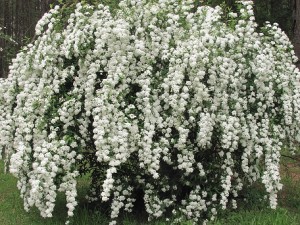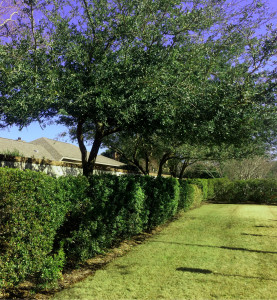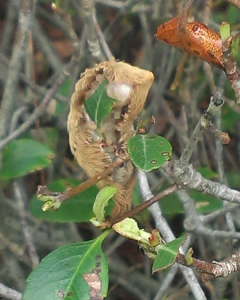Essential Spring Care for Wilmington, NC Lawns
Lawns across the southeast are waking up – some have already started to break their dormancy and send up new growth.
Although it is always nice to see spring green, this early warm snap is a little misleading; it will be several weeks before turf grass in Wilmington, NC will be fully active.A few spring chores are needed to keep lawns looking their best. Here at Wrightsville Beach Landscaping, we have finished treating our clients’ lawns with a pre-emergent herbicide to catch pesky weeds before they appear. This will help keep down the growth of summer weeds, and along with spot-treatment at a later date, will keep lawns looking their best throughout the warm weather months.
Don’t be too concerned if your neighbor’s grass has turned green before yours – different varieties of grass will come out of dormancy at different times. It’s also best to wait to fertilize until the threat of colder weather has passed – not for several more weeks. If fertilizer is applied to turf too early and causes the grass to push out new growth only to be damaged by cold, it can spell trouble for the entire season.
Lawn care in the southeast has its own set of rules. We enjoy a long warm season during which grasses thrive, but lingering cool weather can wreak havoc on the grasses that are most prevalent in this area. In the coming weeks, our team will be on the lookout for a few fungal diseases, notably large-patch fungus. This particular disease shows up during periods of high humidity and cool nights, and appears in a circular spreading pattern. It needs to be treated as soon as possible to maintain lawn health and attractiveness.
We pay close attention to our clients’ lawns during this transition period, and adjust our treatment and fertilization schedule to best match what the weather gives us. The timing and application rates of fertilizer and other turf chemicals are so important to maintaining a healthy, beautiful lawn, and that’s our goal for each customer. Hey, we think watching grass grow is actually pretty exciting.



